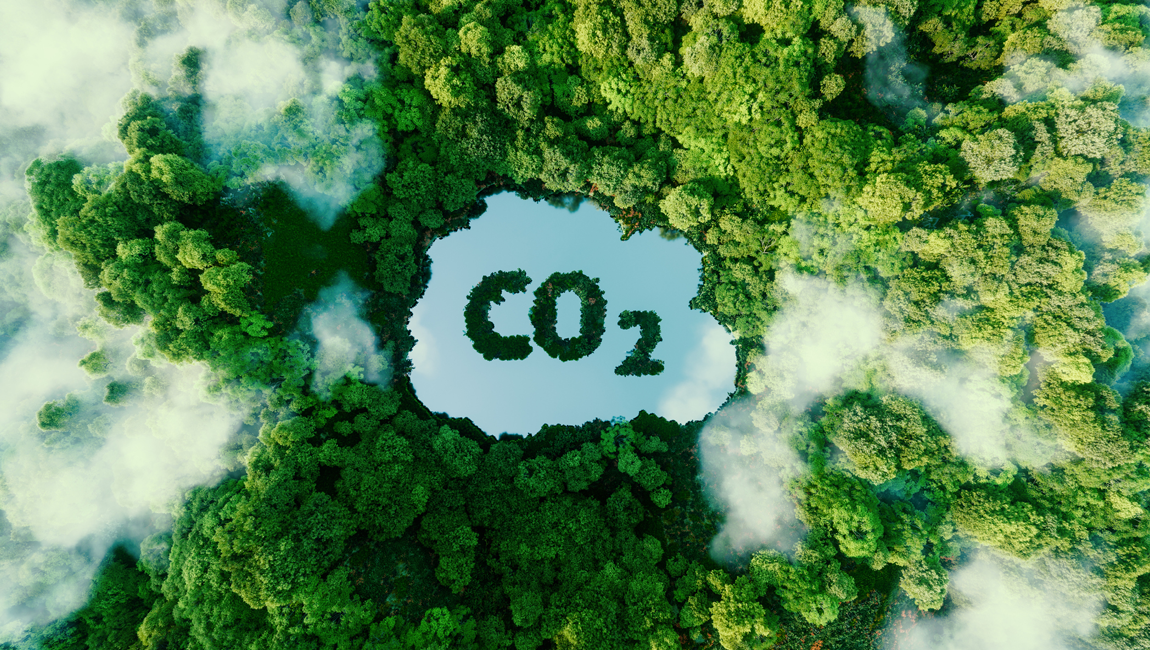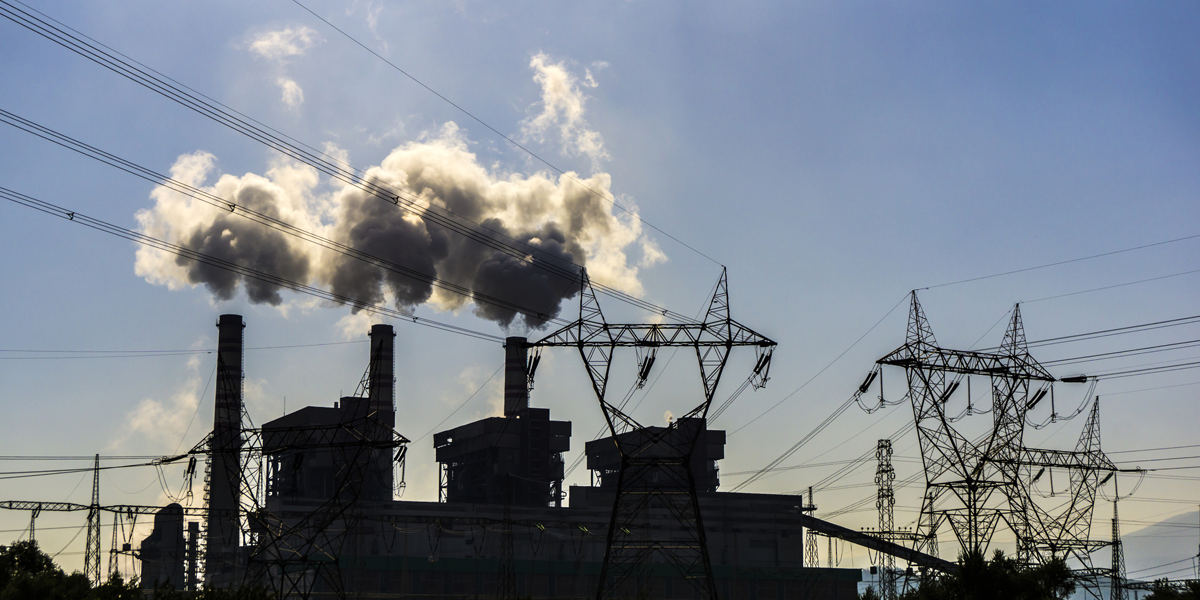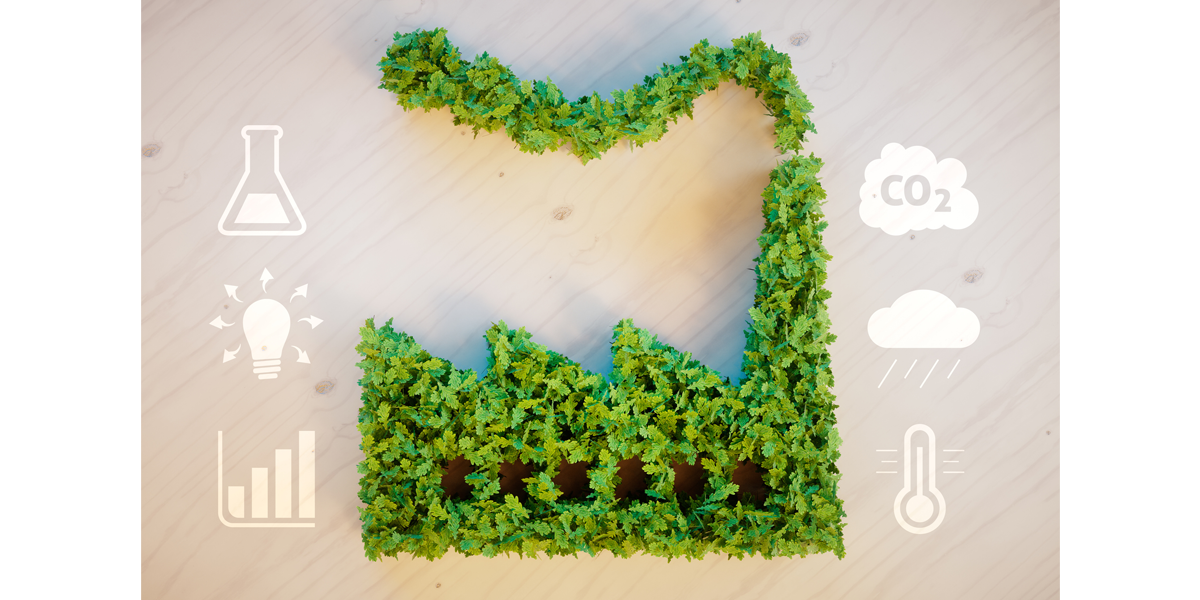Greenhouse effect: definition and causes

What is the greenhouse effect?
The dictionary definition of the greenhouse effect, taken from Merriam-Webster, is the “warming of the surface and lower atmosphere of a planet that is caused by conversion of solar radiation into heat in a process involving selective transmission of short wave solar radiation by the atmosphere, its absorption by the planet’s surface, and reradiation as infrared which is absorbed and partly reradiated back to the surface by atmospheric gases.”
In layperson’s terms, the greenhouse effect helps keep planet Earth a pleasant place to live. It is set in motion when gases in Earth’s atmosphere trap the heat from the sun, warming the planet. In that way, the greenhouse effect functions like greenhouses themselves. Such buildings stay warm inside year-round, allowing plant species to grow and thrive.

What are greenhouse gases?
Heat-trapping “greenhouse gases” span carbon dioxide (CO2), methane, and nitrous oxides, all of which are a natural part of Earth’s atmosphere. The greenhouse gas effect helps make our planet more habitable: indeed, experts estimate that the Earth’s surface would be about 33 degrees Celsius cooler without carbon dioxide.
How does the greenhouse effect work?
It can be helpful to think of the greenhouse effect’s heat-trapping process as comparable to the function of a greenhouse’s glass roof. Both rely on light wave transformation. The sun’s rays shine through the sturdy glass ceiling, and is then absorbed by the plants beneath, which convert it to heat energy. Greenhouses are like microcosms of our planet’s warming process: when solar energy reaches the Earth’s atmosphere, some gets reflected back to space. What remains must be absorbed, then re-radiated via greenhouse gases.
The sequence of how the greenhouse effect works can be framed in terms of day and night. In daytime, the Earth’s surface is warmed when sun shines through the atmosphere. Come nightfall, it cools, releasing some of the heat back into the air, with greenhouse gases in the atmosphere trapping the rest of the heat.

The greenhouse effect and global warming
This natural greenhouse effect is necessary. But over the past century, with the onset of highly industrialized processes and increased human activity, the scales of Earth’s energy balance have tipped too far in one direction. This is sometimes referred to as the enhanced greenhouse effect.
An increase in the burning of fossil fuels (non-renewable energy sources) like coal and oil has meant an increase in carbon dioxide emissions into the atmosphere, to harmful consequence. For decades now, the presence of CO2 in the atmosphere has been steadily rising, which means that extra heat has been getting trapped closer to the Earth’s surface. As a result, temperatures are being driven up around the world.
The heightened presence of carbon dioxide in the atmosphere means it needs somewhere to go. The ocean absorbs a great deal of excess carbon dioxide, but this renders the water more acidic, posing a threat to marine life and coral reefs. One effective way to naturally counter the negative consequences of the greenhouse effect is with plants. Trees and other plants of all types help keep the Earth’s energy balance in check, as they take in carbon dioxide and give off oxygen.




